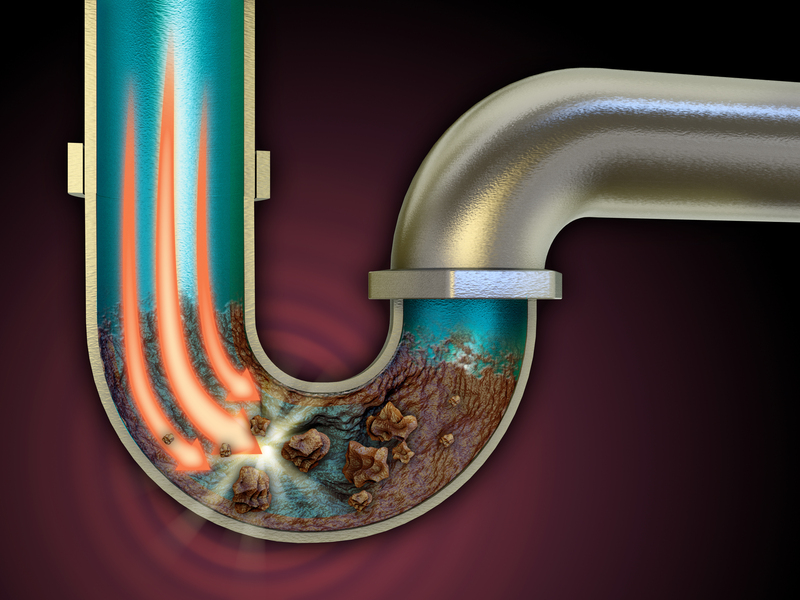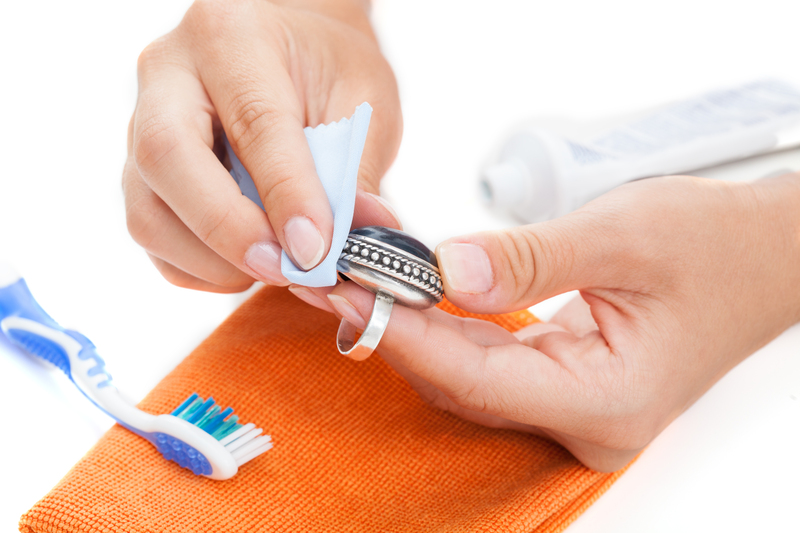Understanding Limescale
Limescale is a chalky deposit primarily composed of calcium carbonate. It forms when hard water, rich in minerals, evaporates, leaving behind these mineral deposits. In toilets, limescale appears as stubborn stains that are not only unsightly but can also affect the functionality of your plumbing.

Why Limescale is a Problem
Limescale buildup in toilets can lead to several problems:
- **Clogged pipes:** Limescale reduces the water flow, leading to clogs.
- **Reduced efficiency:** It can affect the flushing mechanism.
- **Unhygienic appearance:** Stains can make a clean toilet look dirty.
- **Increased cleaning time:** More effort is needed to maintain cleanliness.
Effective Toilet Limescale Removal Tips
1. **White Vinegar and Baking Soda:**
- Pour about 2 cups of white vinegar into the toilet bowl.
- Add a cup of baking soda after 10 minutes.
- Let the mixture sit for at least 30 minutes or, for best results, overnight.
- Scrub the bowl with a toilet brush and flush.
2. **Lemon Juice:**
- Pour a cup of lemon juice into the bowl.
- Let it sit for a few hours. The citric acid in lemon juice breaks down limescale.
- Scrub and flush to reveal a clean bowl.
3. **Commercial Limescale Removers:**
- Use products like CLR or Lime-A-Way.
- Follow the manufacturer's instructions.
- Ensure proper ventilation when using these chemicals.
Homemade Paste: Baking Soda and Vinegar
- Mix baking soda and vinegar to create a paste.
- Apply this paste to the limescale-stained areas.
- Allow it to sit for an hour.
- Scrub and rinse well.
Pumice Stone:
- Wet a pumice stone and gently rub it on the limescale.
- Be cautious to not scratch the porcelain.
Regular Maintenance
- Clean your toilet weekly with an anti-limescale cleaner to prevent buildup.
- Use a water softener to reduce the hardness of your water.
Pros and Cons of Different Methods
1. **White Vinegar and Baking Soda**
- Pros: Non-toxic, eco-friendly, affordable.
- Cons: Might require repeated applications for severe buildup.
2. **Lemon Juice**
- Pros: Natural, pleasant smell.
- Cons: Less powerful on severe stains.
3. **Commercial Cleaners**
- Pros: Highly effective, quick results.
- Cons: Chemical exposure, more expensive, potential damage to plumbing over prolonged use.
4. **Pumice Stone**
- Pros: Immediate results.
- Cons: Risk of scratching the porcelain.

Takeaways
- Regular cleaning prevents limescale buildup.
- Natural methods are effective but require patience.
- Commercial cleaners offer quick fixes but come with warnings.
Conclusion
Limescale in toilets can be persistent and problematic. However, through consistent maintenance and the appropriate use of either natural remedies or commercial products, you can keep your toilet clean and efficient. By balancing between homemade solutions and stronger chemical cleaners, you can find an effective regimen that suits your needs. Regular maintenance is key, and adapting these tips ensures longevity and cleanliness for your bathroom fixtures.


